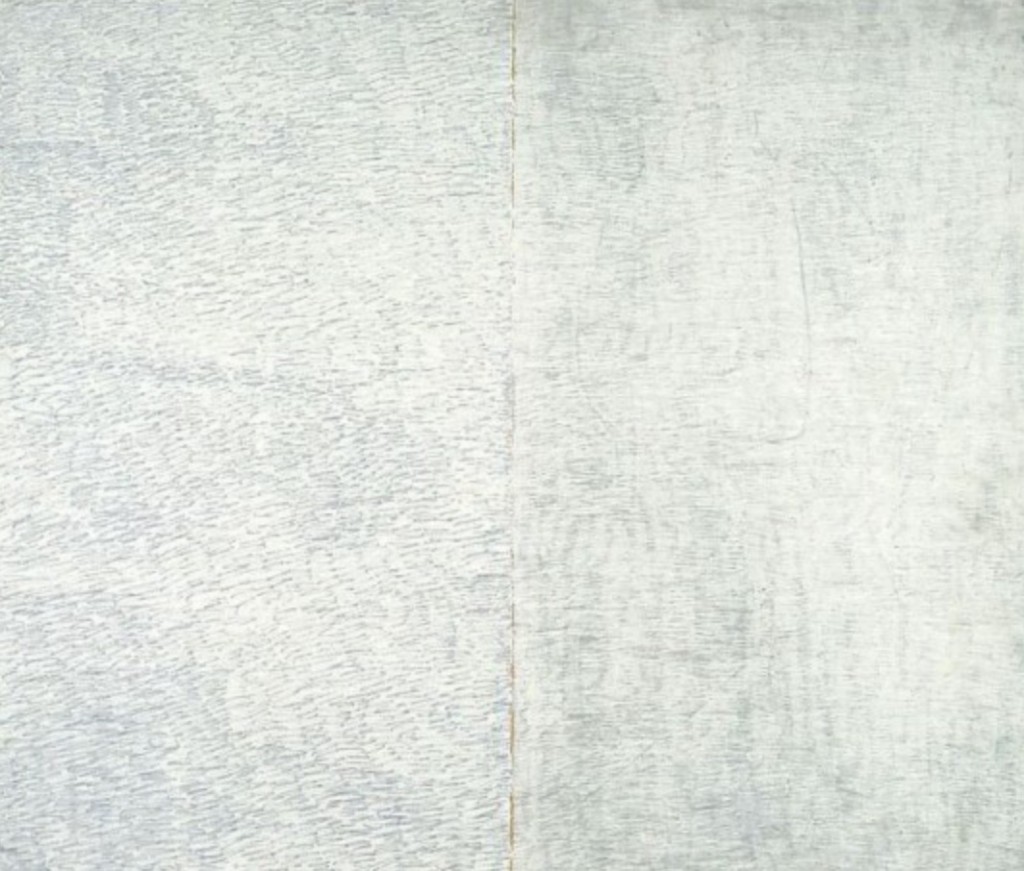Art
Željko Kipke: Croatia’s Modern-Day Renaissance Man
A painter, writer, filmmaker, performer, art critic, curator, and theoretician, there is perhaps no other artist working in Croatia today who is as versatile at Željko Kipke. Kipke graduated from the Academy of Fine Arts in Zagreb in 1976 after completing his studies in painting. A significant time for contemporary art in Croatia, the late 1960s and the 1970s were marked by the creative work of several young artists whose activities became known as the New Artistic Practice. Unhindered by shared style, these artists challenged traditional ideas about artistic creation, critiqued institutional practice, and questioned the positon of the artist.
“These are artists of global quality and validity,” says Branko Franceschi, who curated an exhibition of Kipke’s work last fall in Zagreb, about this generation of artists, which also included Sanja Iveković and Boris Bućan.
Kipke’s paintings from late 1977, when he was fresh out of art school, are driven by a formal exploration of the relationships between traditional media: oil paint and pencil. Onto a hard surface, often plywood, Kipke would apply a thick layer of white oil paint and then begin marking repetitive graphite lines into the painted surface with a pencil. The titles of these works – Relationship Between Two Materials or Painting of Ten Days – point directly to the creative act and its final results. The repetitive graphite marks evidence the movements Kipke made to create them. They are, in this way, a visual record of the performative aspect of creation.
During the 1980s, as a significant figure in the New Painting movement, Kipke began to move toward figuration by referencing familiar shapes, such as crescent moons and Russian painter Malevich’s cross. “He was one of the first from his art circle that embraced figuration, but based on the conceptual art practice that he was doing in the ‘70s and ‘80s,” notes Franceschi. “His paintings are similar to the paintings that young [Croatian] artists are doing today, but I don’t know [to what extent] they are conscious of that, because they were based on concepts. He was creating cycles that were related to a single theme.” (Check out the work of Zlatan Vehabovic for a look at figurative painting in Croatia today.)
Kipke’s work, though socially engaged, is also very much concerned with artistic practice itself. Using various media, he comments on art history, investigates the relationship between various modes of expression, and investigates the role of cultural institutions.
In the projects “Invisible Galleries” and “Galleries of Zagreb Go to Heaven,” Kipke pairs video with paintings to show that the most significant galleries in the development of conceptual art in Croatia, such as Podrum and the Museum of Contemporary Art, have been abandoned, converted, or moved to other locations.
“Invisible Galleries” appeared alongside the film series “Short Guide Through the 70s and 80s” in the exhibition Police Back Yard, held at the Art Pavilion in Zagreb in the fall of 2012. The exhibition focused on Kipke as a multidisciplinary artist who explores the possibilities of both still and moving images.
“With his paintings, he is making a movie synopsis. With five paintings, he gives the whole story – at the end he doesn’t even have to make a movie,” says Franceschi. “Sometimes he exhibits them together. So, he plays in different ways with the contemporary context where you have the painting as object, and you have moving images, photography, and different ways to produce photography and install it: He creates freely within any kind of image representation you can think of today.”
In addition to his artistic work, Kipke is also a prolific writer, having published numerous theoretical and critical essays. He has also published six books, including Illuminators of the New Cycle (1989), Beware of Imitations (1993), and why February to February (2005).
“In my opinion, he is too much for this small cultural scene,” says Franceschi. “He is an excellent writer. An excellent art critic. And then first of all, he is one of the best painters. He is also very much interested in movies. And he does [all this] simultaneously.
“So you have a Renaissance man. Who needs that?! He covers the space of five people, and very well.”
Written by Elaine Ritchel (@elaineritchel)
Image source: MSU and the Avantgarde Museum.









